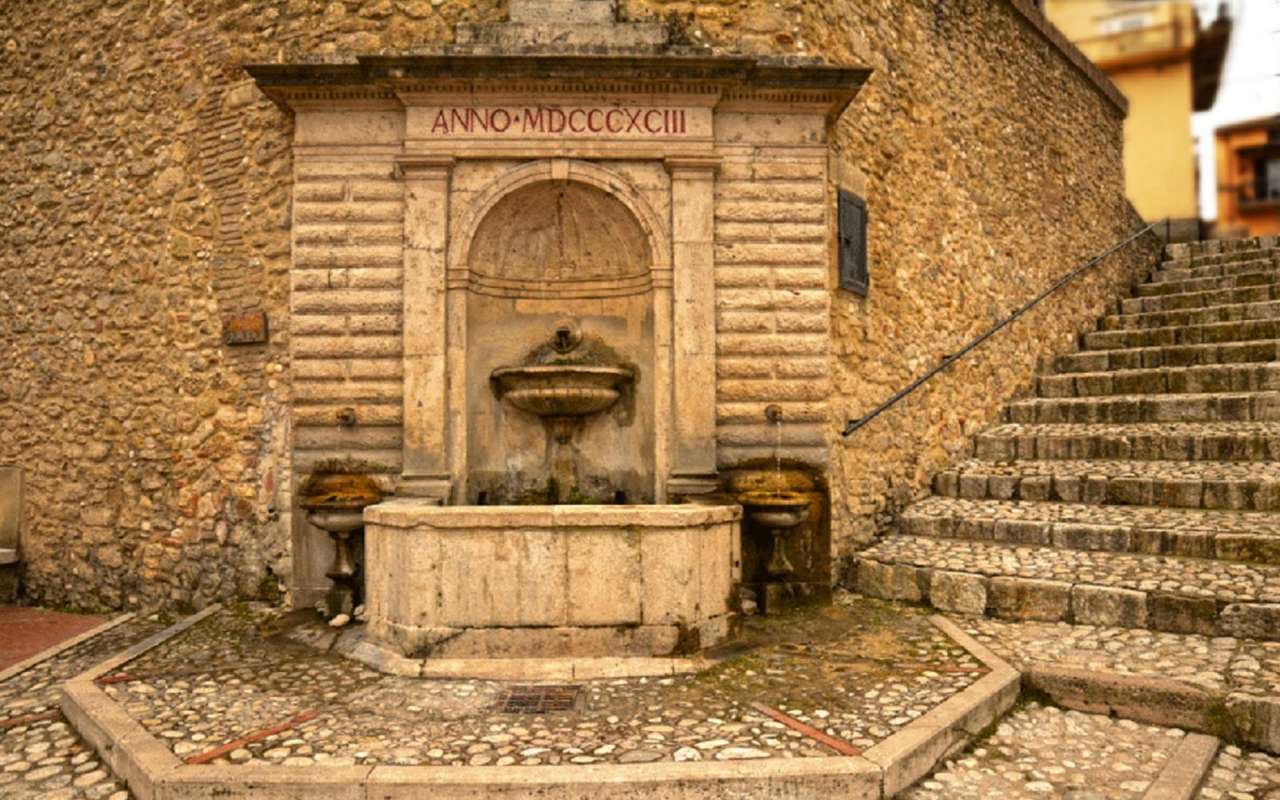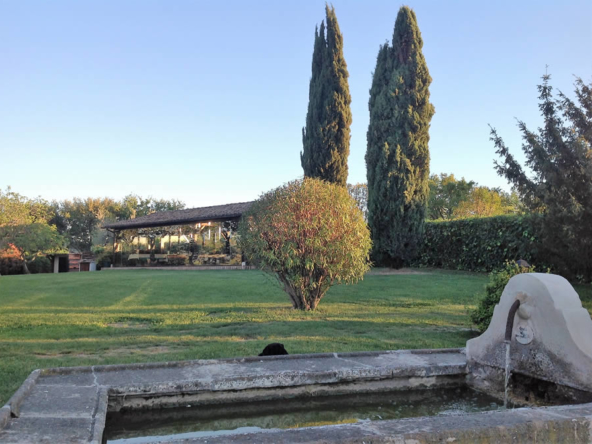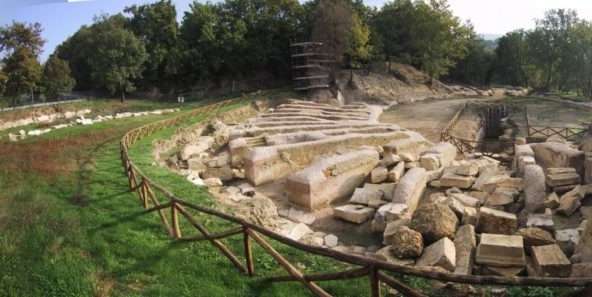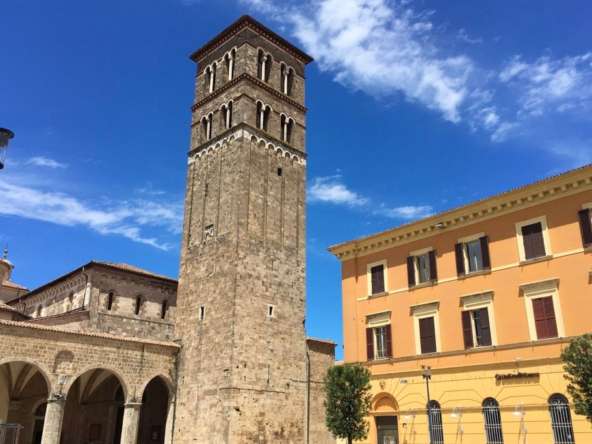Poggio San Lorenzo is a very characteristic town in the Sabina that deserves to be visited.
At la Sabina nel Cuore we love the area that surrounds us and we would like to introduce you to all the small and large Sabine villages that characterize it.
Poggio San Lorenzo is a small village in the province of Rieti, let’s see together what you absolutely must see if you are in the surrounding area.
“Madonna dei Penitenti” and the caves
The Church of the “Madonna dei Penitenti” of Poggio San Lorenzo dates back to the 4th century, when the Sabines converted to Christianity.
This chapel, dedicated to the Holy Virgin, is absolutely worth a visit. The caves are also very characteristic, these were used as a refuge by soldiers during the Second World War.
Church of San Lorenzo Martire
The Church of San Lorenzo Martire of Poggio San Lorenzo has an articulated history.
The first parish church was built around 580. The original structure has been destroyed and rebuilt several times over the centuries.
At the end of the 1700s the church, reduced to a very bad condition, was demolished and rebuilt entirely by the will of the Bishop.
The new structure, the current one, was built in honor of San Lorenzo Martire.
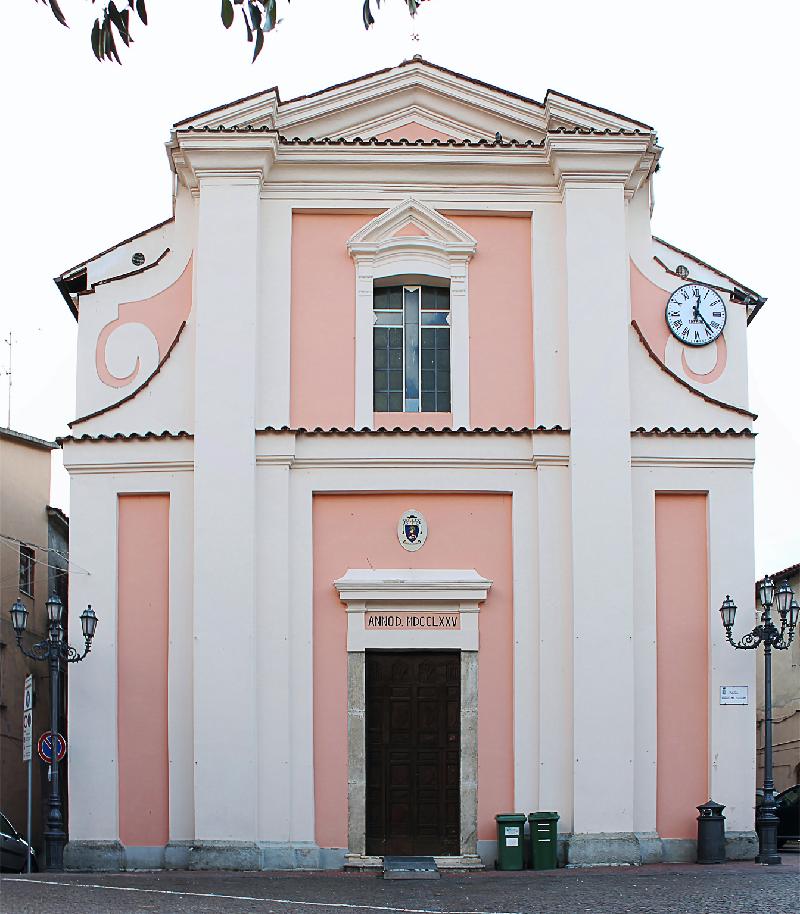
The centuries-old holm oak of Poggio San Lorenzo and the baths of Tito
If you are in Poggio San Lorenzo you must visit the centuries-old holm oak.
This holm oak is about 400 years old and has a circumference of 4.55 meters and a height of 16 meters.
To protect the holm oak, walls were built in the early 1920s.
To reach it a walk of about 2 hours is required. The road is accessible to all.
Not too far from the centuries-old holm oak it is also possible to visit the remains of the baths of Tito.
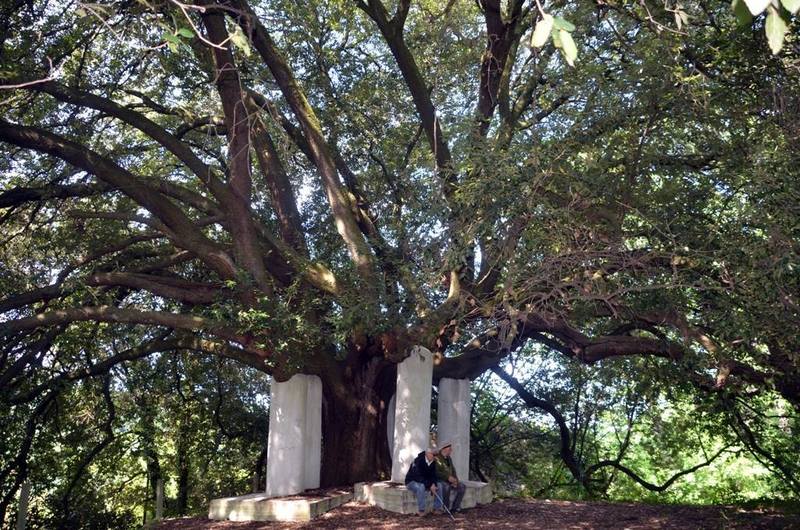
The oil mill of Capofarfa
The oil mill of Capofarfa of Poggio San Lorenzo is a 1600 structure belonging to the Agamennone family.
Inside it is possible to see the base of a Roman olive press, a stone mill from the end of the 19th century. The ancient aqueduct of the 2nd century AD is very characteristic.
The millstones in operation inside the mill date back to 1940.


